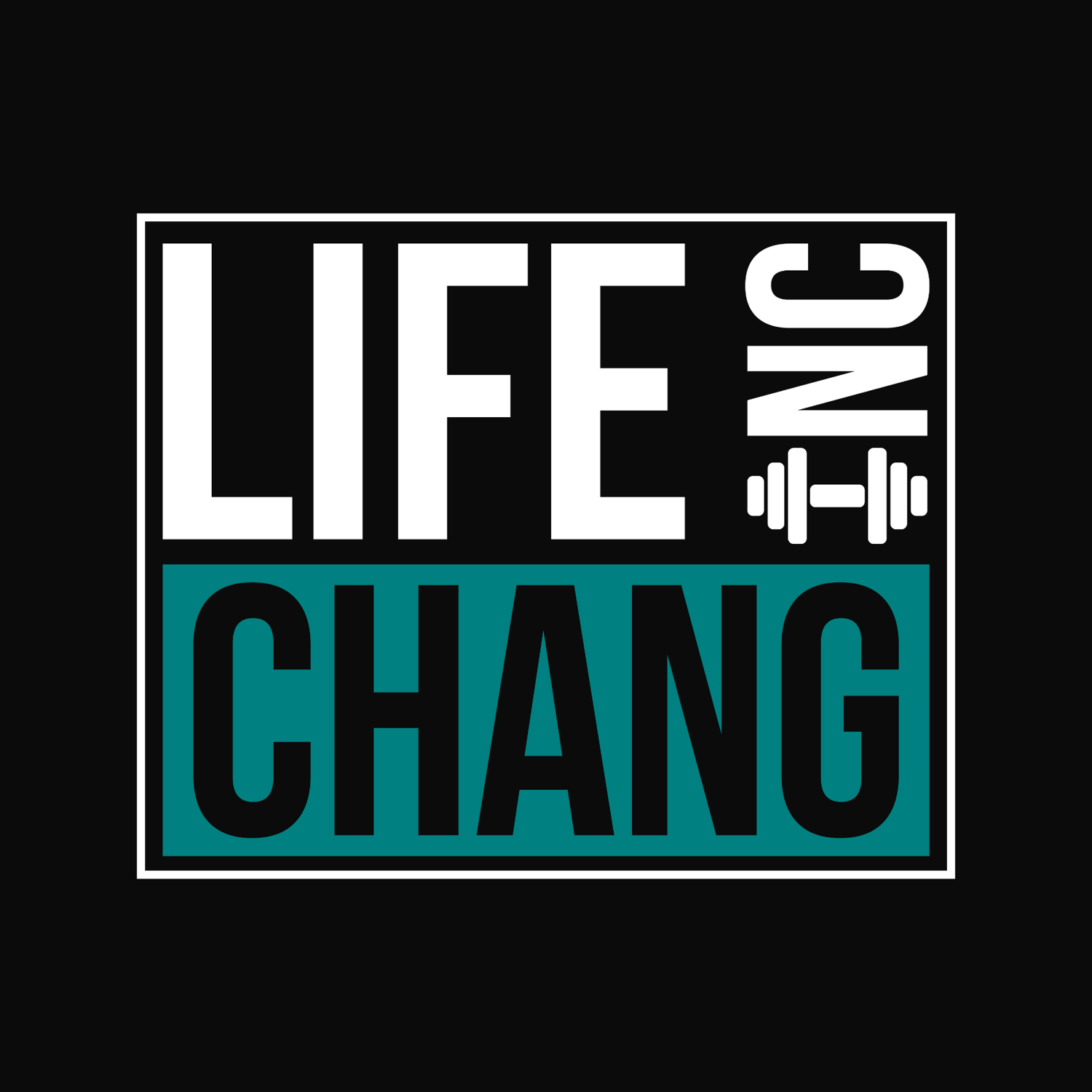In the realm of fitness and wellness, the steady thump-thump of your heart serves as a rhythmic guide to understanding your body's response to physical activity. Heart rate monitoring has become a ubiquitous feature in fitness trackers, smartwatches, and gym equipment, but what exactly is the deal with tracking your heart rate, and why does it matter?
Understanding Heart Rate:
Your heart rate, expressed in beats per minute (bpm), is a dynamic measure of how efficiently your heart is pumping blood to meet the oxygen demands of your body. At rest, a lower heart rate typically signifies cardiovascular fitness, while an elevated heart rate during exercise indicates the body's effort to deliver oxygen to working muscles.
The Benefits of Heart Rate Monitoring:
- Efficiency in Workouts: Monitoring your heart rate during exercise provides real-time feedback on the intensity of your workout. This information helps you tailor your efforts to stay within target heart rate zones, optimizing the effectiveness of your training.
- Customized Training Zones: Heart rate zones are personalized ranges based on your fitness level and goals. These zones guide your workouts, helping you find the right balance between exertion and recovery. For example, high-intensity intervals might push you into the anaerobic zone, while steady-state cardio keeps you in the aerobic zone.
- Tracking Fitness Progress: Changes in your resting heart rate and heart rate recovery after exercise can serve as indicators of improved cardiovascular fitness. As your fitness level increases, your heart becomes more efficient, and these metrics can reflect positive adaptations.
- Preventing Overtraining: Consistently elevated heart rates during rest may signal overtraining or inadequate recovery. Monitoring these patterns helps prevent burnout and ensures that your body has sufficient time to recover between intense workouts.
- Weight Management: Heart rate monitoring can be a valuable tool for those aiming to manage their weight. Different heart rate zones correspond to varying levels of fat and carbohydrate utilization, helping individuals tailor their workouts to support specific fitness objectives, whether it's fat burning or endurance building.
How to Monitor Your Heart Rate:
- Wearable Devices: Fitness trackers, smartwatches, and chest straps equipped with heart rate sensors offer convenient and continuous monitoring throughout the day and during workouts. These devices use optical sensors or electrodes to detect the subtle changes in blood flow associated with each heartbeat.
- Manual Check: You can manually check your heart rate by placing two fingers on your wrist (radial artery) or neck (carotid artery) and counting the number of beats in 15 seconds, then multiplying by four. This method provides a snapshot but is less practical for continuous monitoring during exercise.
- Gym Equipment: Many cardio machines, such as treadmills and ellipticals, come equipped with built-in heart rate sensors. While these may not be as accurate as chest straps, they offer a quick and accessible way to gauge your heart rate during workouts.
Considerations and Tips:
- Individual Variability: Resting heart rates and exercise heart rate responses can vary widely among individuals. Factors such as age, fitness level, genetics, and medications can influence these readings.
- Context Matters: Understand that context is crucial when interpreting heart rate data. Factors like stress, dehydration, caffeine intake, and temperature can influence heart rate, so consider the overall picture rather than fixating on individual readings.
- Consultation with Professionals: If you have specific health concerns or conditions, it's advisable to consult with healthcare or fitness professionals. They can provide personalized guidance on utilizing heart rate monitoring to achieve your health and fitness goals.
Conclusion:
Heart rate monitoring is more than just a tech-driven trend; it's a powerful tool that empowers individuals to take charge of their fitness journey. By tuning into the rhythmic language of your heart, you gain insights that guide your workouts, track progress, and optimize your overall well-being. Whether you're a fitness enthusiast, a seasoned athlete, or someone starting their wellness journey, understanding the deal with heart rate monitoring can elevate your approach to health and fitness. It's not just about the beats; it's about syncing your heart's rhythm with the rhythm of a healthier, more informed lifestyle.



Comments ()